Material traces of Hoa Lu capital
Hoa Lu land is filled with traces of human history, the history of the Vietnamese nation, especially in the 10th century, this place played the role of the capital of Dai Co Viet State, with a capital-urban culture that still continues to resonate today.
There have been many scientific research projects on the Hoa Lu capital, but after each research project, a series of big questions arise such as: What was the premise for the formation of the Hoa Lu capital? What was the space and scope of the capital?
How was the architectural planning of the imperial city, the forbidden city, and the urban population in the context of the natural environment and society in the 10th century here? Along with the legends, myths, and traces of feet walking upside down on the cave ceiling... need to continue to be decoded, revealing the history.
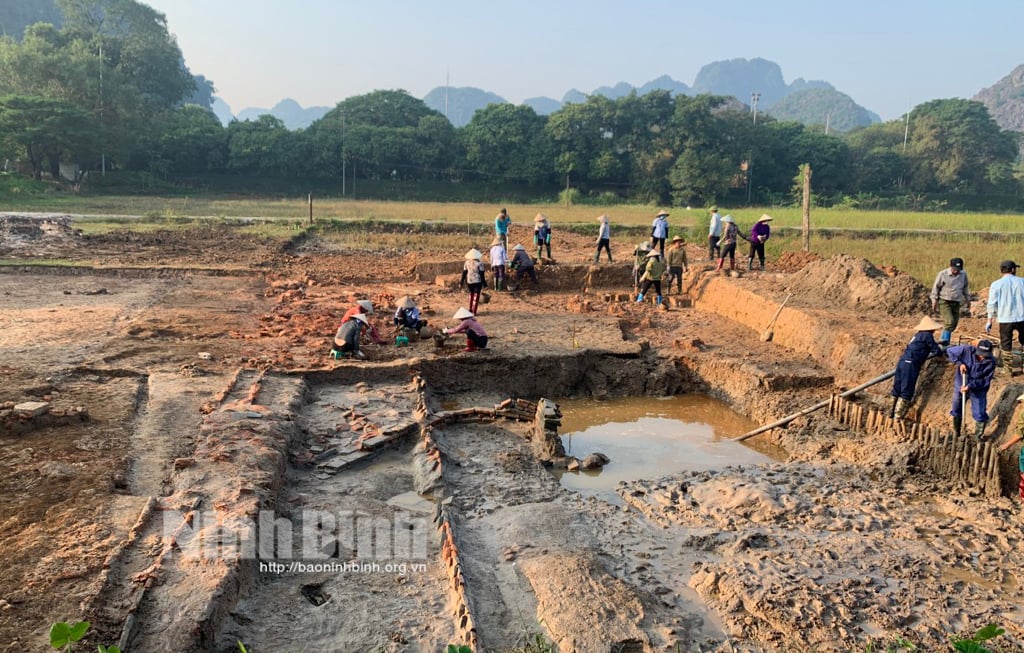
Archaeological excavation at the Hoa Lu Ancient Capital Historical and Cultural Relic Site ( Ninh Binh ).
Because of what has been researched and deciphered, what has been revealed about Hoa Lu citadel through archaeological research and interdisciplinary research, it shows that what is recorded in ancient history books is real, what historians of the past have not yet approached the inherent truth of history and the big questions being raised make the sacred land of Hoa Lu all the more attractive.
Since the 60s and 70s of the last century, archaeologists have begun research on the capital Hoa Lu.
Underground archaeological discoveries have found many traces of walls with wooden foundations and very solid bricks, including bricks printed with the words "Dai Viet Quoc Quan Thanh Chuyen" (Bricks to build the citadel of Dai Viet).
The recent excavation (2021) in the area between the two temples of the former emperors and ancestors (the temple of King Dinh Tien Hoang and the temple of King Le Dai Hanh) discovered more palace foundations of different palaces, gardens, miniature landscapes, lakes, drainage systems, and pathways between the palaces. In particular, more architectural materials and foundation structures of architectural works before the Dinh - Tien Le dynasties, from the 1st-2nd to the 7th-9th centuries AD, were discovered.
Underground archaeological discoveries over the years have contributed to clarifying the appearance of the capital Hoa Lu: a solid citadel, with many large-scale structures and elaborately decorated palaces and towers bearing the distinct artistic style of the Dinh and Tien Le dynasties.
The first step gives us an idea of the planning layout of the palace system from the forbidden city to the imperial city, the religious living area in the space that the Dinh dynasty cleverly planned, building closed walls connecting the mountain ranges and individual mountains to create a capital city with the appearance of a large valley surrounded by mountains and artificial walls, on the right bank of the Hoang Long River.
This also shows that when the Dinh Dynasty built the capital here in a not-so-wild environment, this place could have been an urban center or even the headquarters of a district under the Northern domination.
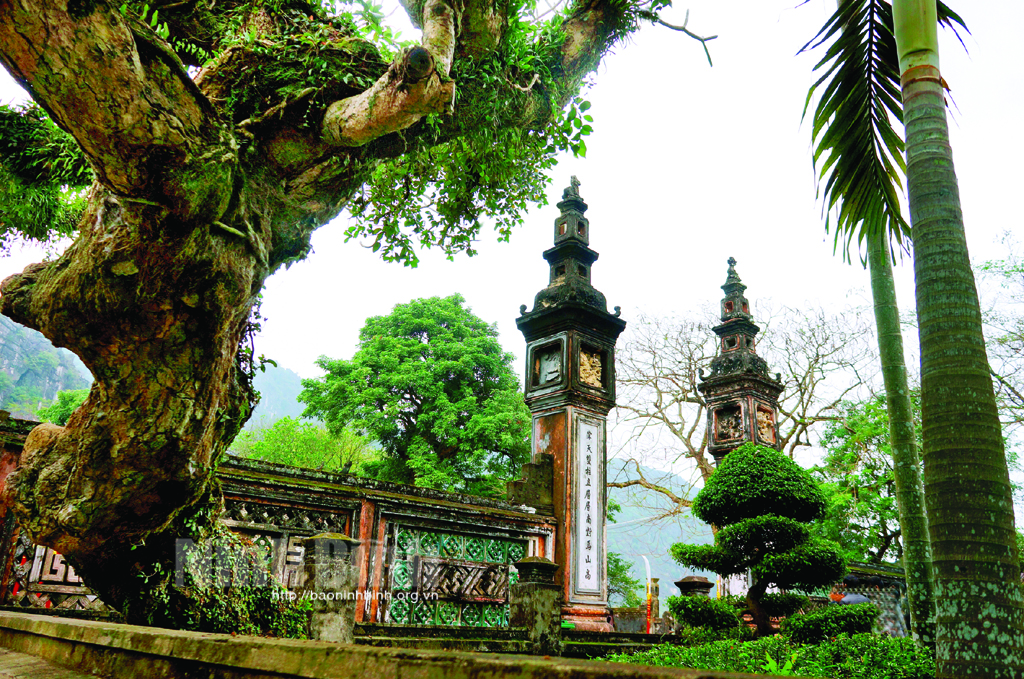
A glimpse of the ancient capital. Photo: Thanh Binh
Environmental archaeological research results also show that this Citadel also has a strong coastal urban element (one spear reach to the East Sea), at that time the sea waves still caressed the foot of Non Nuoc mountain, and until the Ly dynasty there was still a Dai Ac - Dai An seaport adjacent to this mountain, or before that there was also a "Gian Khau" seaport adjacent, where the Northern occupying power built a wharf to transport products and minerals exploited from the Boi and Hoang Long river basins.
Thus, the Hoa Lu citadel on the right of the Hoang Long River at that time was located near the intersection between the fresh water of the river and the salt water of the sea. People soon knew the advantage of the intersection to settle and exploit a rich source of aquatic products, which was both an easy and convenient point to go upstream or downstream to the sea.
In addition, in some localities in the basins of Hoang Long River, Lang River, Boi River and along the Day River, many material traces have been discovered showing that the capital Hoa Lu was not only confined to natural walls (stone mountains) and artificial ones but also planned defensive belts, suburban villages developed agriculture, small-scale industry and commerce.
The Hoa Lu area, internally connected to the Ma and Lam river basins, and externally connected to the fertile downstream of the Nhi river, became a contiguous base area rich enough in human resources and material resources to shoulder the fundamental mission of unifying the country.
Rising up to revive culture after a thousand years of Chinese domination
The 10th century is a very important milestone in Vietnamese history. It was a pivotal century, permanently closing the thousand-year period of Chinese domination and opening the era of long-lasting national independence, a transition from the 9th century of enslaved culture dependent on the Tang Dynasty to the 11th century of the revival of national culture on the basis of traditional folklore, a transition from "regional culture" to "national culture", from Chinese characters to Nom characters, from "oral culture" to written culture, from "common Vietnamese-Muong culture (culture orale) to "Vietnamese culture (culture écrite) and "Muong culture" in the unified yet diverse Dai Viet civilization structure.
A century of cultural and civilizational transition, of collective behavior and lifestyle, a century of continuity and discontinuity, of breakdown, destruction (of the old) and of building and building a foundation from old and new (cultural) materials. There were things that were very awkward and rough...
On the contrary, there are very sophisticated and civilized things - tolerance, simplicity, love for people in the same country, forgiveness of corvee labor, equalization of land tax, minting money, opening markets, opening waterways and roads, setting up ferry terminals, setting up rest houses, building towers, building pagodas, firing ceramic tiles, making porcelain, organizing birthday celebrations, boat racing, initially synthesizing folk music and dance into a Cheo stage, and even having a professional circus. The space from Dong Son civilization to Dai Viet civilization.
That "hinge space" of Hoa Lu - Truong Chau was a geopolitical and geostrategic factor that Dinh Bo Linh used and transformed into a hinge social space between a period of "formal unity" - based on the Northern domination government "An Nam Protectorate" - and a period of "real unity" - based on the nation-state.
The architectural materials in the ancient capital of Hoa Lu also clearly show the cultural identity and national spirit, expressed in: bricks engraved with the national name Dai Viet, decorative themes that are different from similar themes in China, Korea and Japan.
With the motifs having a harmonious and beautiful layout, carrying profound philosophical meaning, there are square (square tiles), round (round lotus, phoenixes dancing to create a spiral), dynamic (birds, butterflies), and static (lotus, chrysanthemum). The reception of some lotus and phoenix themes from China has been completely transformed. The reception of Champa leaf-shaped roof tiles has created two additional lines on the back of the tiles.
All of these have created a very clear national style right from the beginning of the country's independence. Hoa Lu land has strong river elements, was once a water intersection (at the time before and after the 10th century) on the Hoang Long river with high "dynamic" characteristics, was an open area, a coastal trading area, with strong communication.
Communicating with the mountainous region in the northwest through the Hoang Long River, upstream of the Boi River, and the Lang River. Communicating with the fertile countryside of the Doai River, next to the southwest of the Northern Delta triangle through the Day River.
The culture of Hoa Lu land has a strong exchange nature, with the cultural character of what used to be the Keo; Giao region, not closed like the villages in the valley or on the ancient alluvial steps in front of the mountains far from the river.
The character/personality of the people here is simple but brave of the mountainous region; wise, delicate, gentle of the delta people; strong, liberal, reckless of the coastal people. More than a thousand years have passed, the relics of the ancient capital have things hidden deep in the motherland, there are things that are competing with time.
But the cultural soul is always distilled and developed in the community here, a community of residents with both scattered and convergent characteristics, with "four-sided" characteristics, with the cultural qualities of the region that used to be the capital, the metropolis, they are refined, open-minded, simple, tolerant, they are working together to build a democratic, fair and civilized society on the foundation of the cultural heritage of their ancestors.
The elegant customs of the ancient capital contribute to the cultural soul of the Vietnamese people. Research to identify the shape and cultural values of the ancient capital Hoa Lu is of great significance for planning for conservation and sustainable development.
Source: https://danviet.vn/cuoc-khai-quat-di-tich-o-ninh-binh-moi-day-he-lo-quy-mo-dien-mao-gi-ve-kinh-do-hoa-lu-2022050619010924-d828901.html


![[Photo] General Secretary To Lam meets with General Secretary and President of Laos Thongloun Sisoulith](https://vphoto.vietnam.vn/thumb/1200x675/vietnam/resource/IMAGE/2025/10/25/1761380913135_a1-bnd-4751-1374-7632-jpg.webp)

![[Photo] President Luong Cuong and United Nations Secretary-General Antonio Guterres chaired the signing ceremony of the Hanoi Convention.](https://vphoto.vietnam.vn/thumb/1200x675/vietnam/resource/IMAGE/2025/10/25/1761370409249_ndo_br_1-1794-jpg.webp)

![[Photo] President Luong Cuong receives heads of delegations attending the signing ceremony of the Hanoi Convention](https://vphoto.vietnam.vn/thumb/1200x675/vietnam/resource/IMAGE/2025/10/25/1761377309951_ndo_br_1-7006-jpg.webp)
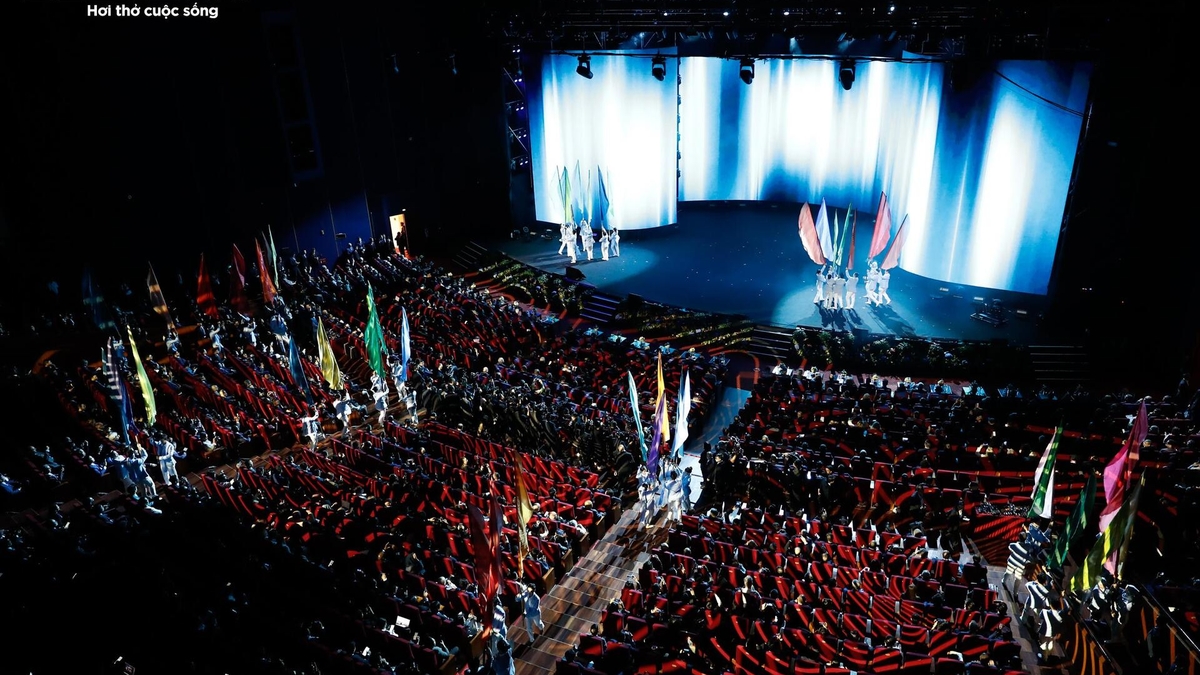
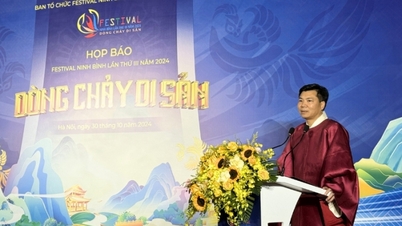



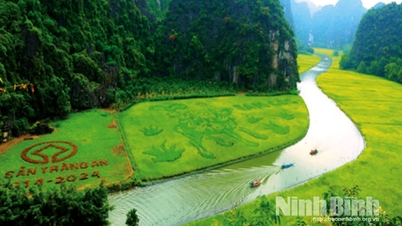
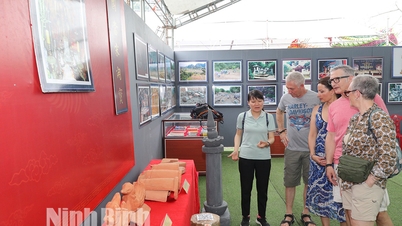
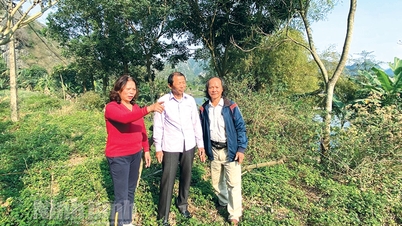








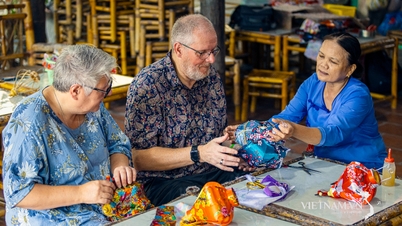
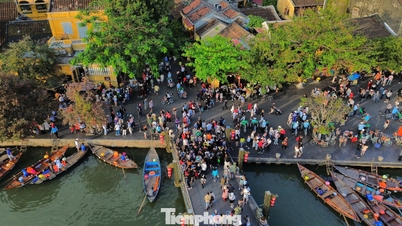





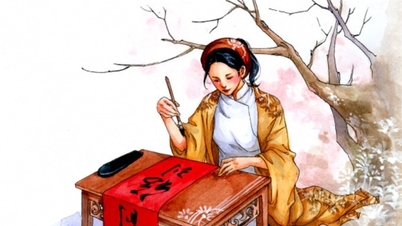
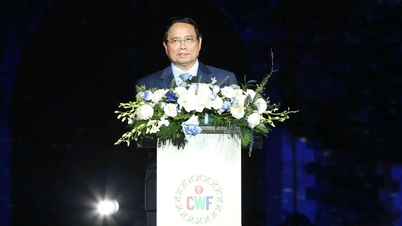
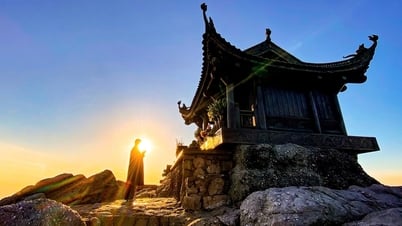
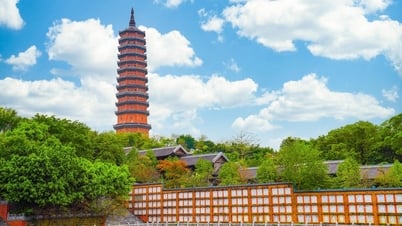

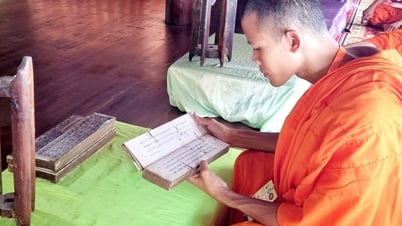
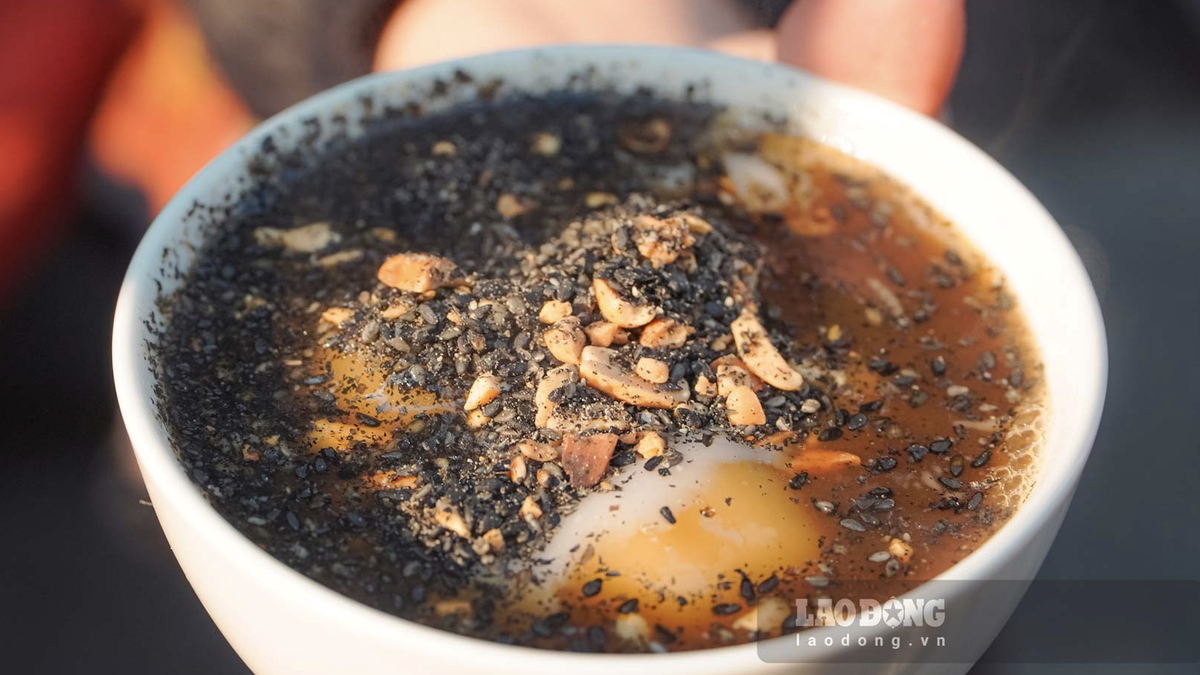
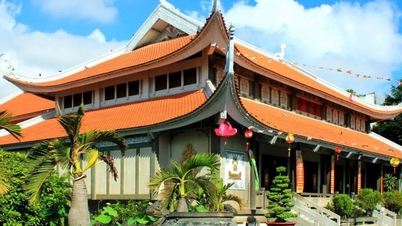


























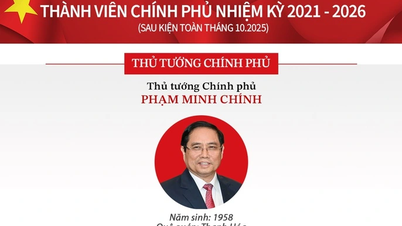

![[Photo] General Secretary To Lam receives United Nations Secretary-General Antonio Guterres](https://vphoto.vietnam.vn/thumb/402x226/vietnam/resource/IMAGE/2025/10/25/1761379090768_image.jpeg)


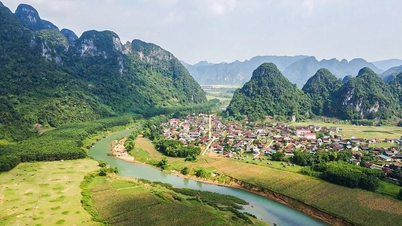

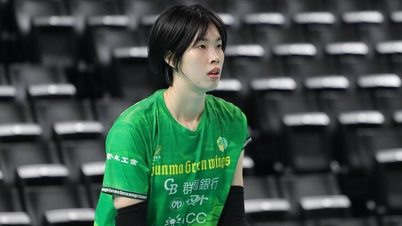


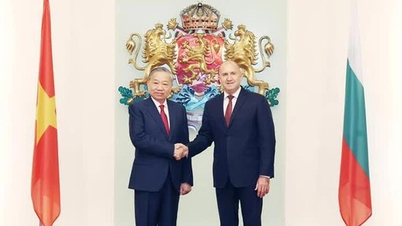


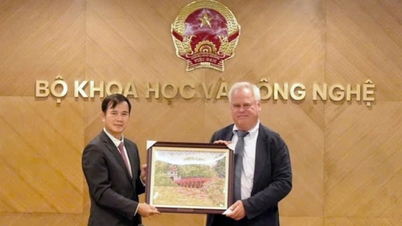
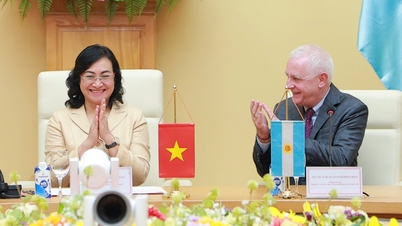

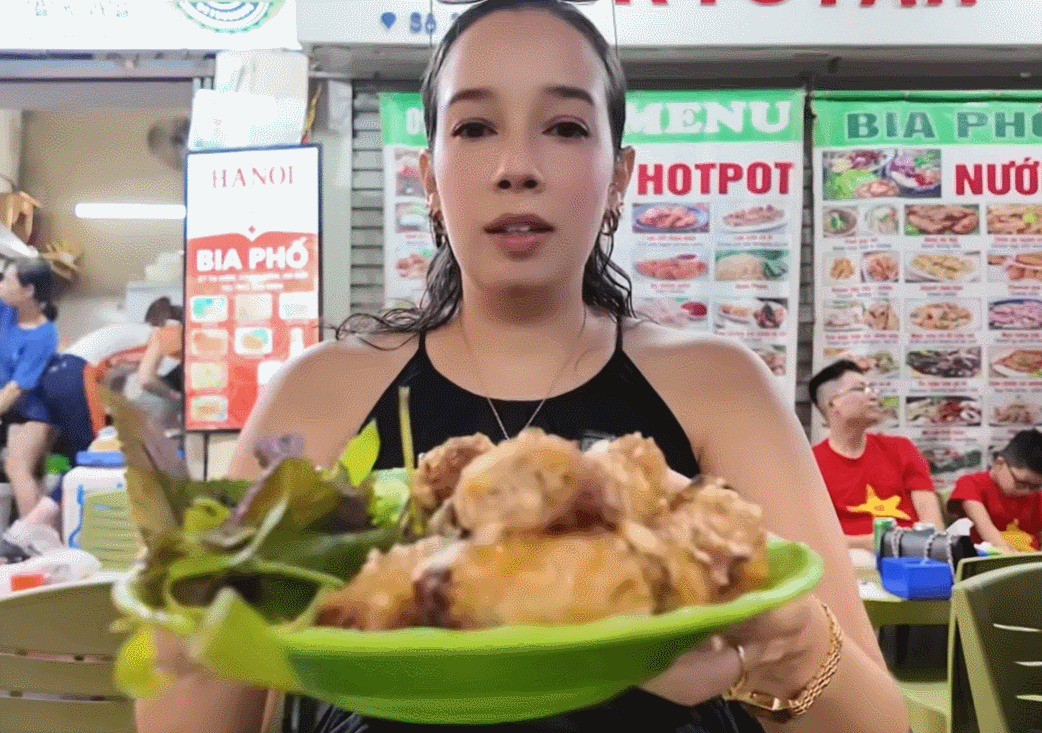

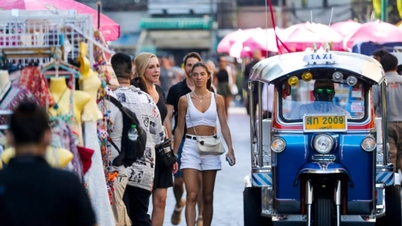
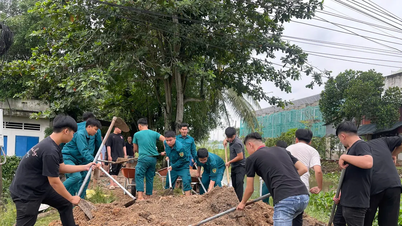



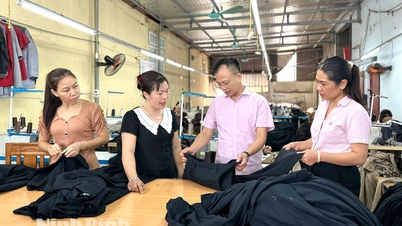














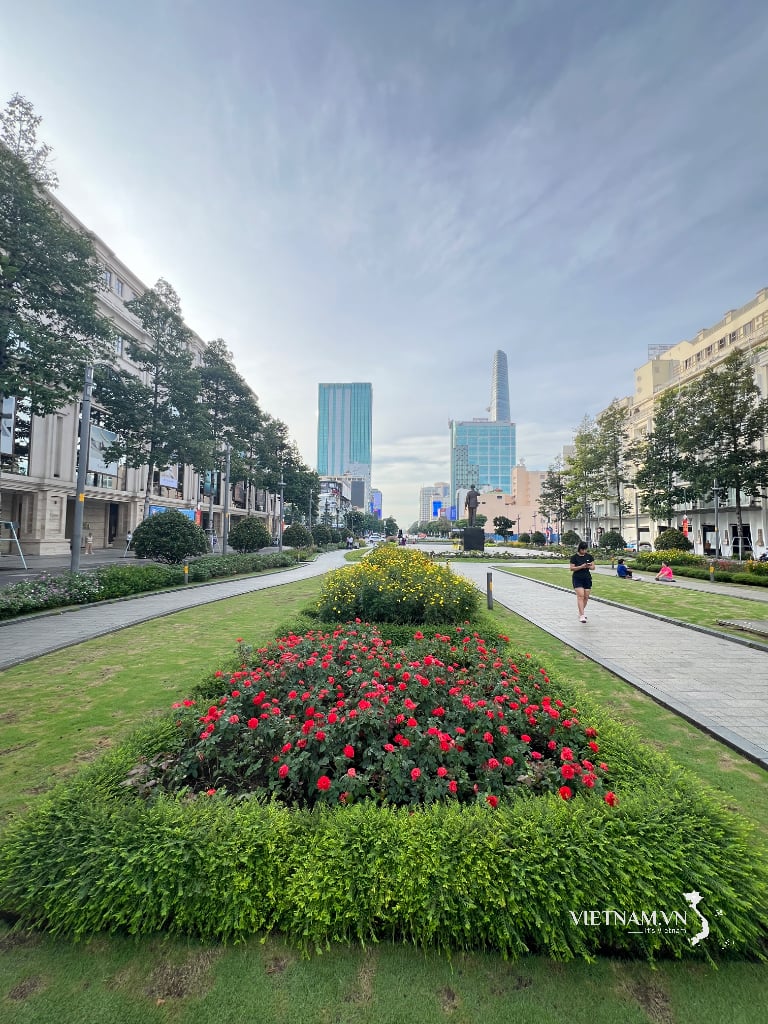


Comment (0)